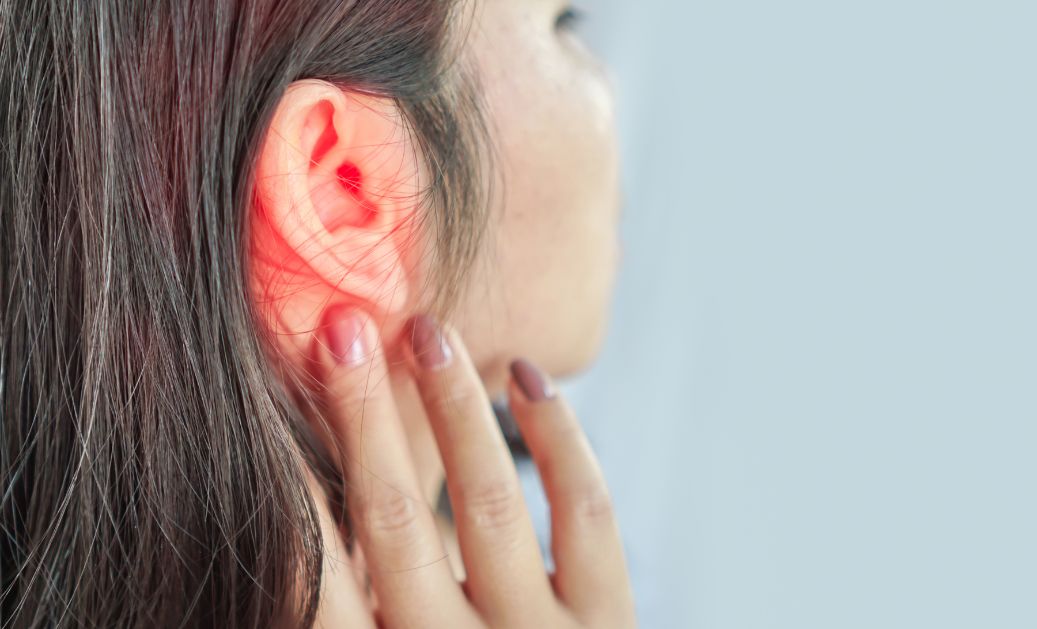
The following is an abstract of a case study published in Sage Journals. For full report, click here.
Introduction
Keloids are hypertrophic scars that commonly arise in the ear region. The authors’ objectives were to (1) evaluate effectiveness of surgical shave excision followed by intralesional triamcinolone acetonide and onabotulinumtoxinA injections; and (2) evaluate safety and patient satisfaction.
Methods and Materials
This study was a retrospective chart review of patients who received treatment of extralesional surgical shave excision followed by intralesional triamcinolone acetonide and onabotulinumtoxinA injections to treat ear keloids at a single outpatient dermatology clinic. A prospective patient questionnaire was administered to the same patient population to collect recurrence and patient satisfaction.
Results
A total of 45 patients were included, consisting of 84.4% females (n = 38) and 15.6% males (n = 7) with a mean age of 25.5 years. Through retrospective chart review, early recurrence was seen in 6.7% of patients (n = 3), and via the prospective patient questionnaire, 11.1% of patients noted early keloid recurrence (n = 5). Of the patients who expressed their level of satisfaction in-clinic, 96.0% (n = 24) reported being satisfied or very satisfied and 4.0% (n = 1) were dissatisfied. Satisfaction was also assessed through the prospective patient questionnaire; of those who consented to the questionnaire, 100.0% (n = 24) were satisfied or very satisfied. Only 20.0% (n = 9) of all patients reported experiencing side effects, consisting of pruritus (11.1%; n = 5), tenderness (4.4%; n = 2), pain (2.2%; n = 1), and mild atrophy (2.2%; n = 1).
Conclusion
Extralesional surgical shave excision followed by intralesional triamcinolone acetonide and onabotulinumtoxinA injections may represent a promising treatment option for ear keloids.
Lay Summary
Keloids are a type of raised scar, which can be painful and itchy for patients. Keloids can occur on various part of the body, including on the ear. They are challenging to treat and tend to come back. There are many treatment options, however, there is not one universal best treatment for keloids on the ear. We hoped to discover if shave excision followed by intralesional triamcinolone acetonide and onabotulinumtoxinA injections is effective at treating keloids on the ear. In order to answer this we completed a chart review of clinic patients, who have already completed the following combination treatment for keloids on the ear. The keloids were treated first by physically removing the bulk of the keloid with a scalpel, which is called shave excision. After the removal, triamcinolone acetonide and onabotulinumtoxinA were injected directly into the keloid. The rate of patient satisfaction and the rate of the keloid returning were collected during in-clinic visits and an optional post-clinic patient questionnaire. The treatment effectiveness and side effects experienced were reported during in-clinic visits. This indicated that with the low rate of side effects, high patient satisfaction, and low rate of keloid return, this treatment combination should be considered as an option for keloids on the ear. However, since this review was completed at one clinic with a small population of patients, it is not fully known if this treatment combination will work for all patients.
